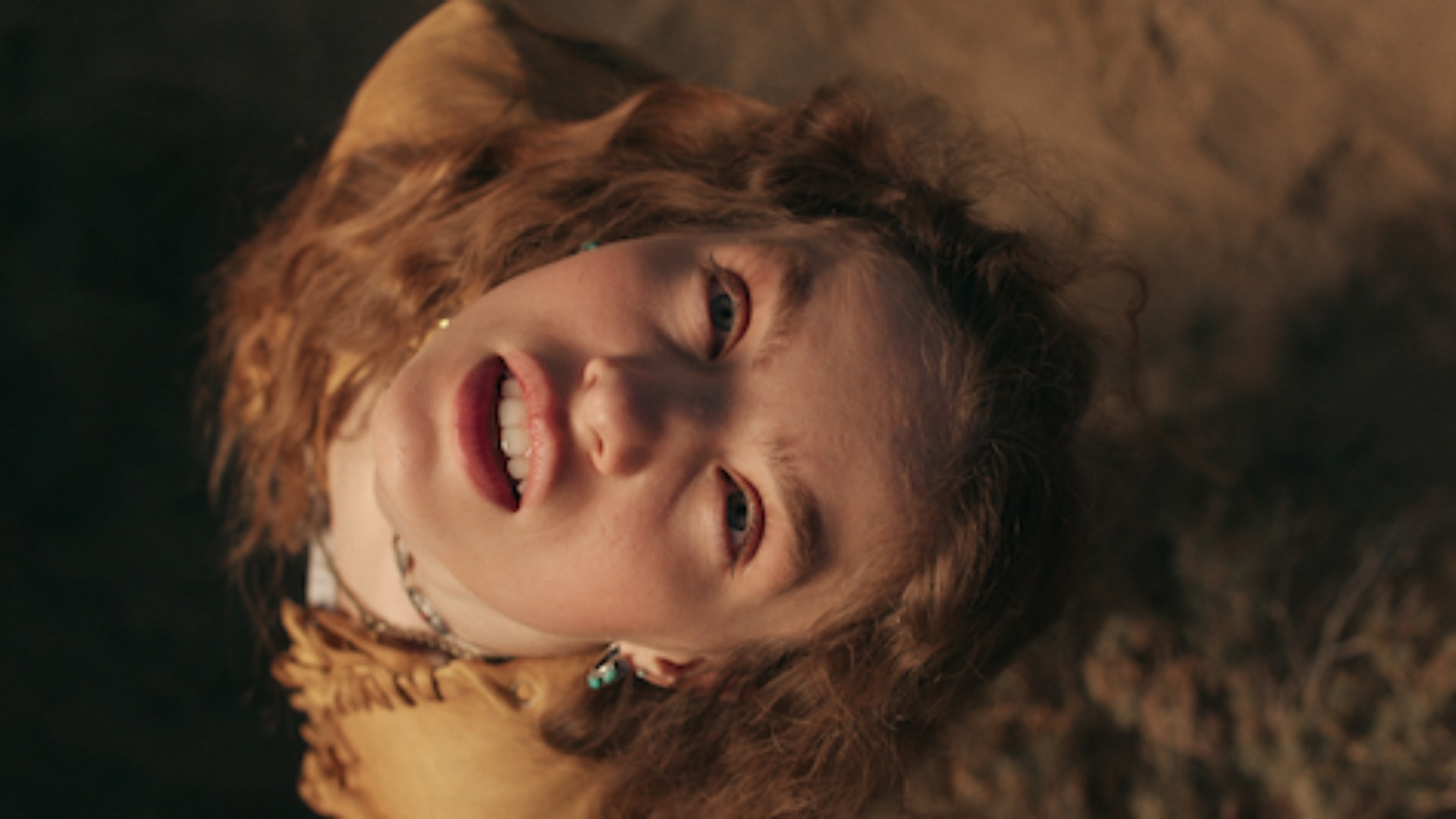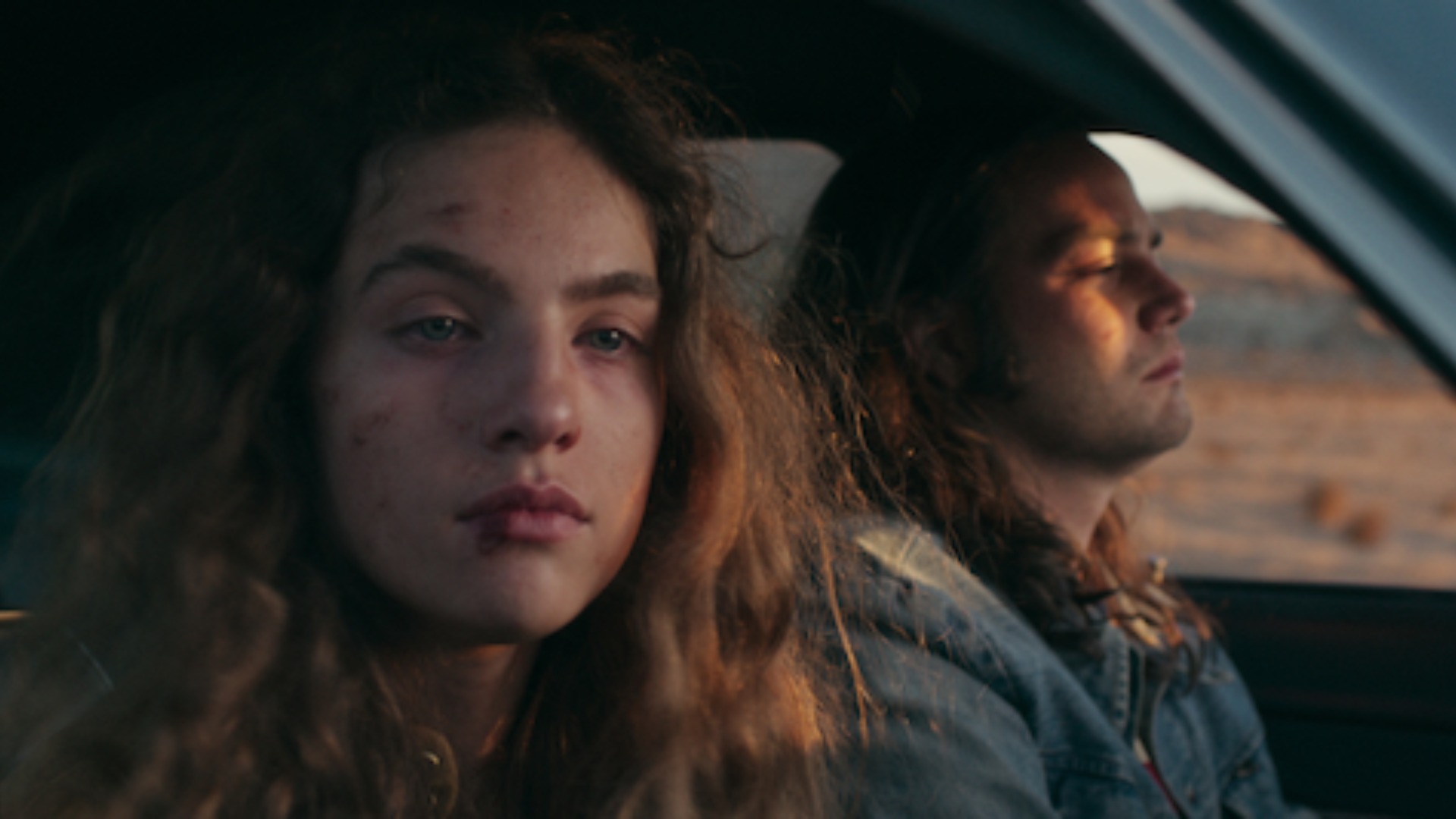
It’s a story that has to be seen to be believed, and viewers tuning into Woman of The Hour want more information about that haunting ending - we take a deep dive into the film’s closing scenes.
The Woman of the Hour true story has to be one of the most outrageous viewers have ever seen. It’s a brazen move for a serial killer in the midst of a killing spree to make the decision to appear on a TV dating game show - but Rodney Alcala did just that, appearing as a contestant on reality series The Dating Game at the same time as luring women to his apartment to take their lives. Taking part in the game show, Alcala wins a date with fellow contestant and aspiring actress, Sheryl Bradshaw, who immediately identifies red flags in his behaviour.
In her directorial debut, Anna Kendrick portrays the real Cheryl Bradshaw, while carefully creating a narrative throughout the rest of the film that humanises Alcala’s victims and their stories. With a focus on gaslighting, misogyny, and how easy it was for an eloquent, well mannered man to get away with murder for some time, Kendrick is being widely applauded for handling gritty and relevant themes without resorting to grisly shock factors.
Some who have watched the film still have questions about the ending - what it symbolises, and why Kendrick chose to end it where she did.
Warning: This article contains references to sensitive subject matters, including sexual violence.
Woman of The Hour Ending Explained
Woman of The Hour ends with Amy’s story, a character introduced early in the film. The teenage Amy is homeless, and picked up by Alcala about a year after his appearance on The Dating Game. Towards the end of the film, Alcala, a photographer by profession, persuades Amy to let him take pictures of her, taking her to a remote location under this guise.
In the run up to the film’s finale, Alcala has physically and sexually assaulted Amy. As the pair are in a secluded area, Amy pretends she consented to the attack, asking Alcala to take her back to his home in the hope she can gain his trust and somehow evade him. Stopping at a petrol station en route, Amy is able to run to a nearby diner when her attacker is inside, and raise the alarm.
On leaving the petrol station, Alcala realises Amy has made a run for it, before hearing police sirens in the distance. Although Amy managed to escape a potentially horrendous fate, the film's closing seconds depict her gasping for breath before fading to black. While this has caused viewers some confusion, Anna Kendrick explained the meaning of this moment to Netflix's Tudum.
Of this ambiguous ending, Anne explained, “As incongruous as it is, that’s Sondheim,” referring to composer and lyricist Stephen Sondheim.
She adds “That’s the chord resolving at the end of Into the Woods, and then one last ‘I wish’ ringing out. Because there isn’t a perfect resolution: That character has survived, but it’s not as simple as ‘She’s going to be fine now.’ It’s meant to evoke dissonance at the very least.”
Essentially, the ending is symbolic of the fact that there is no perfectly wrapped up ending to the story - lives were lost, and families and survivors would be left coping with trauma and similar ambiguity the ending invokes.

Who is Amy based on?
The character of Amy is based on 15-year-old hitchhiker Monique Hoyt, who was picked up by Alcala on February 14, 1979. A slight difference in detail is that her assault took place in his apartment before he drove her to a remote location. However, Monique did escape in the same way as Amy, by playing along with the idea she consented to the attack before escaping at a petrol station.
Horrifically, the story did not end there. Alacala’s mother managed to get him out on bail following his arrest at the petrol station, despite Monique’s account of what happened to her. He then went on to murder a 21-year-old woman and a 12-year-old girl. It was another year before he was re-arrested, and although he was charged with seven murders, experts allege the number of victims could run as high as 130.







